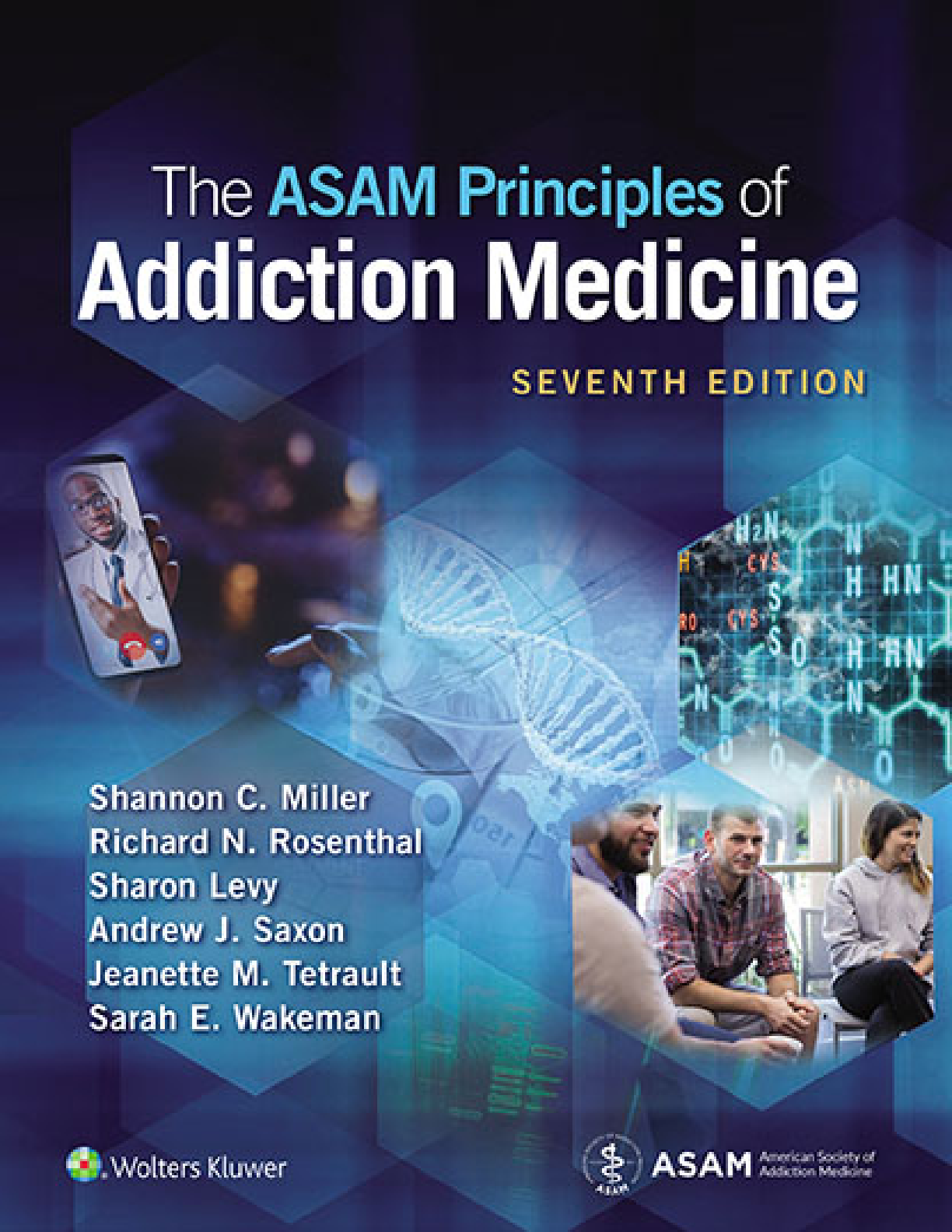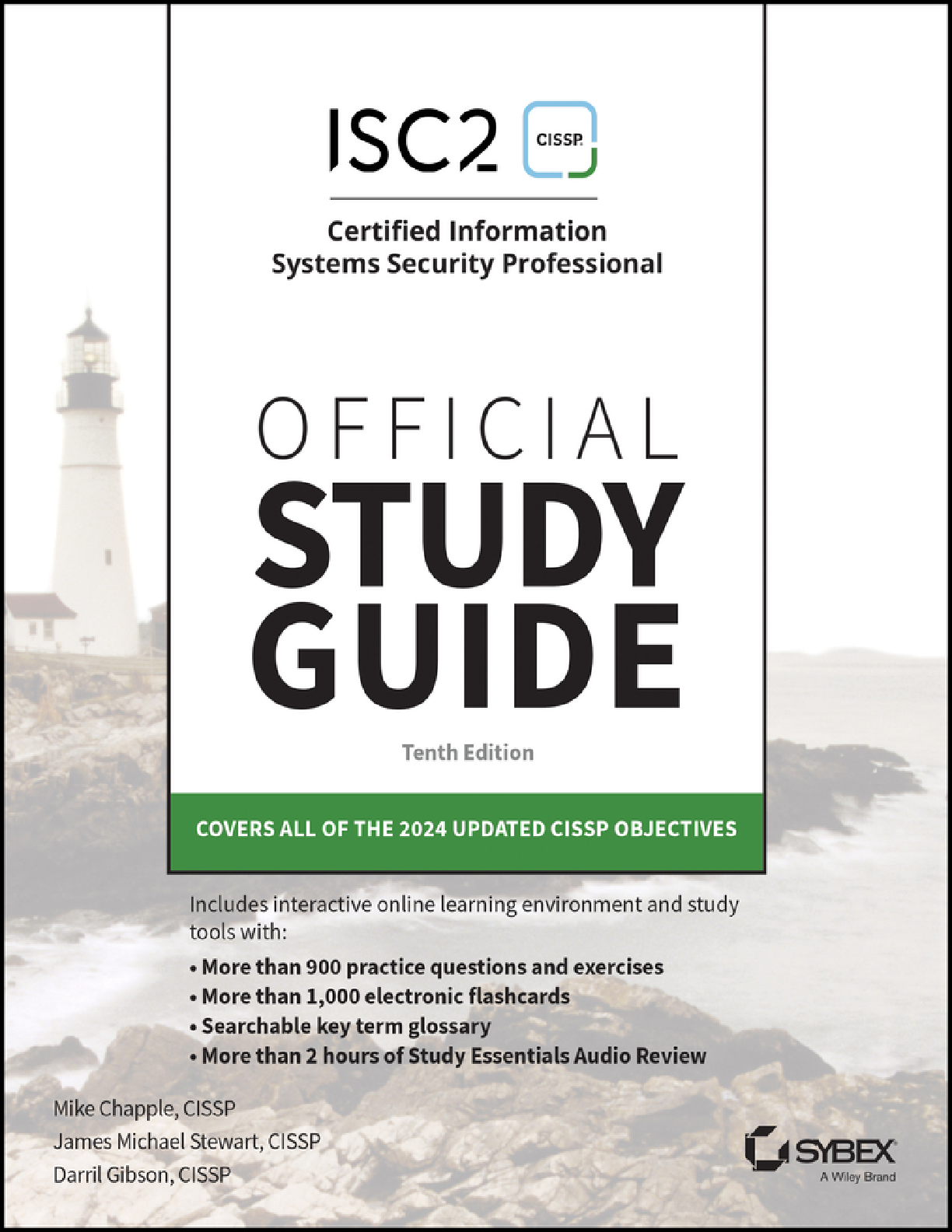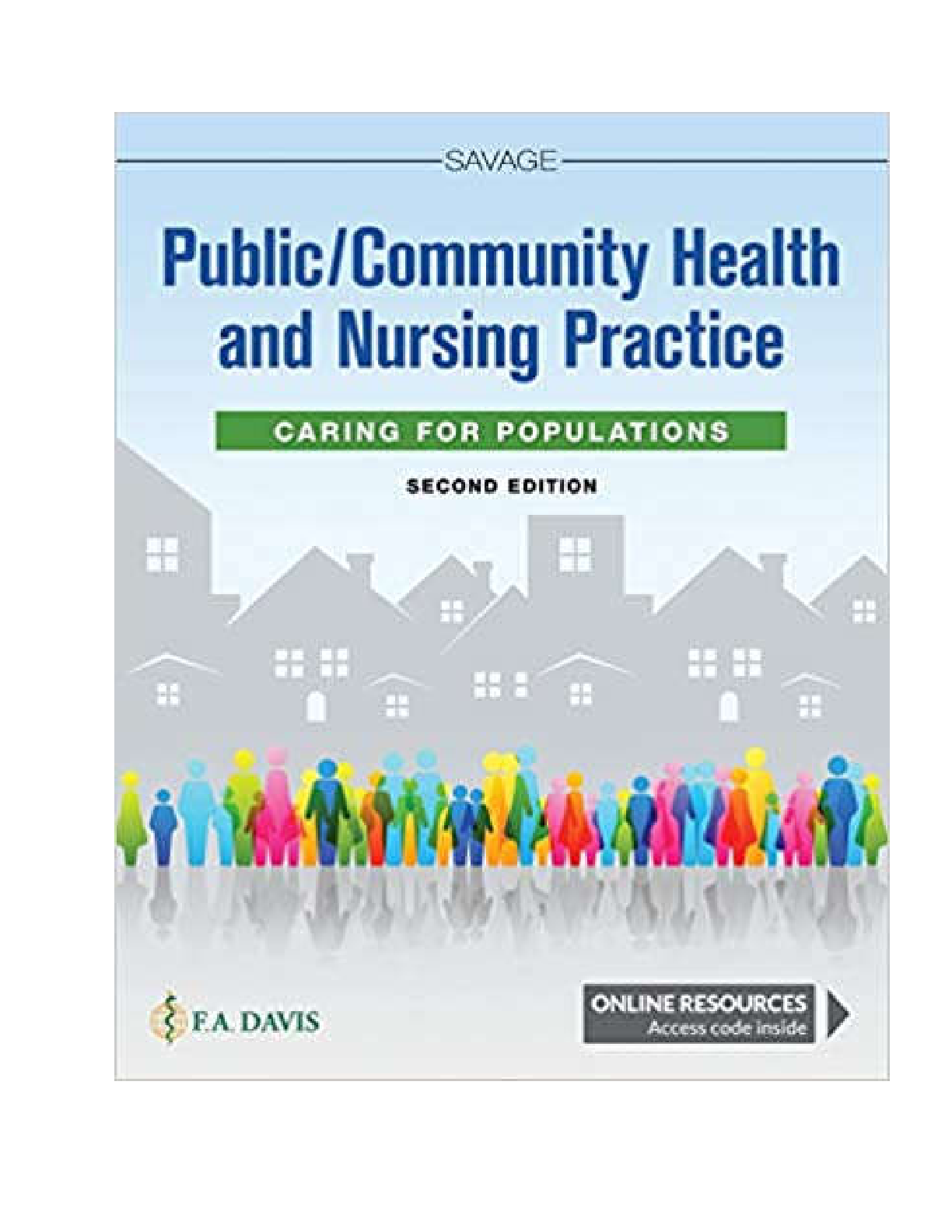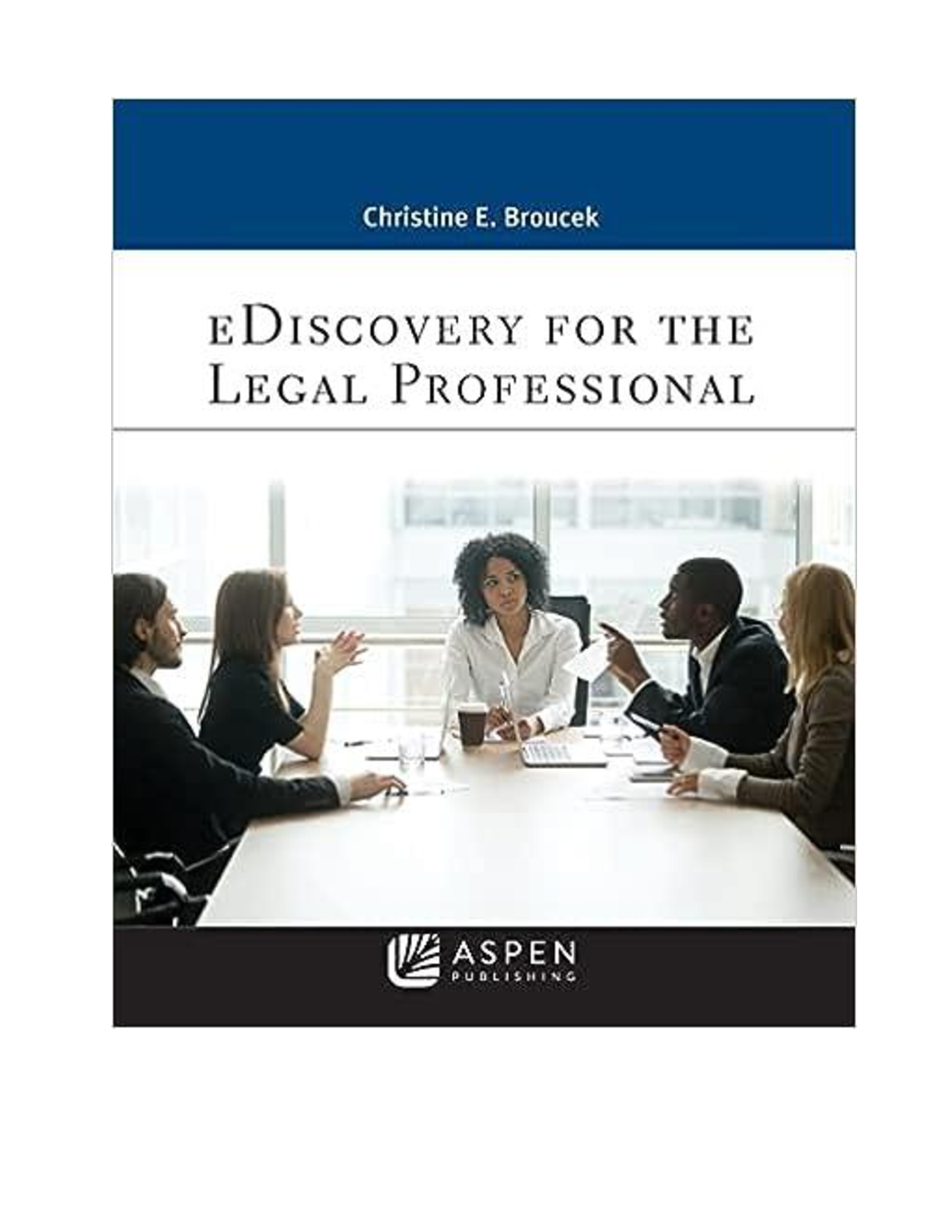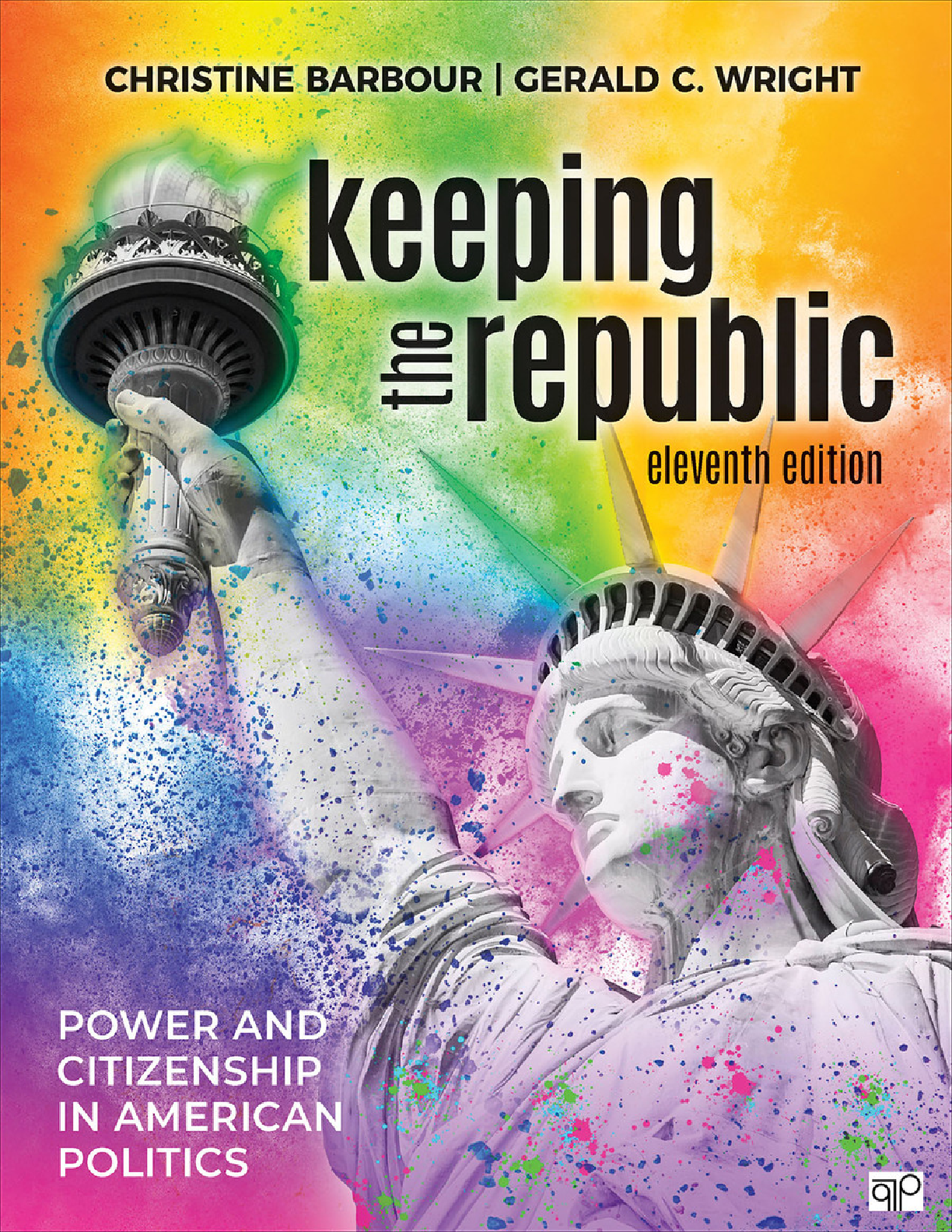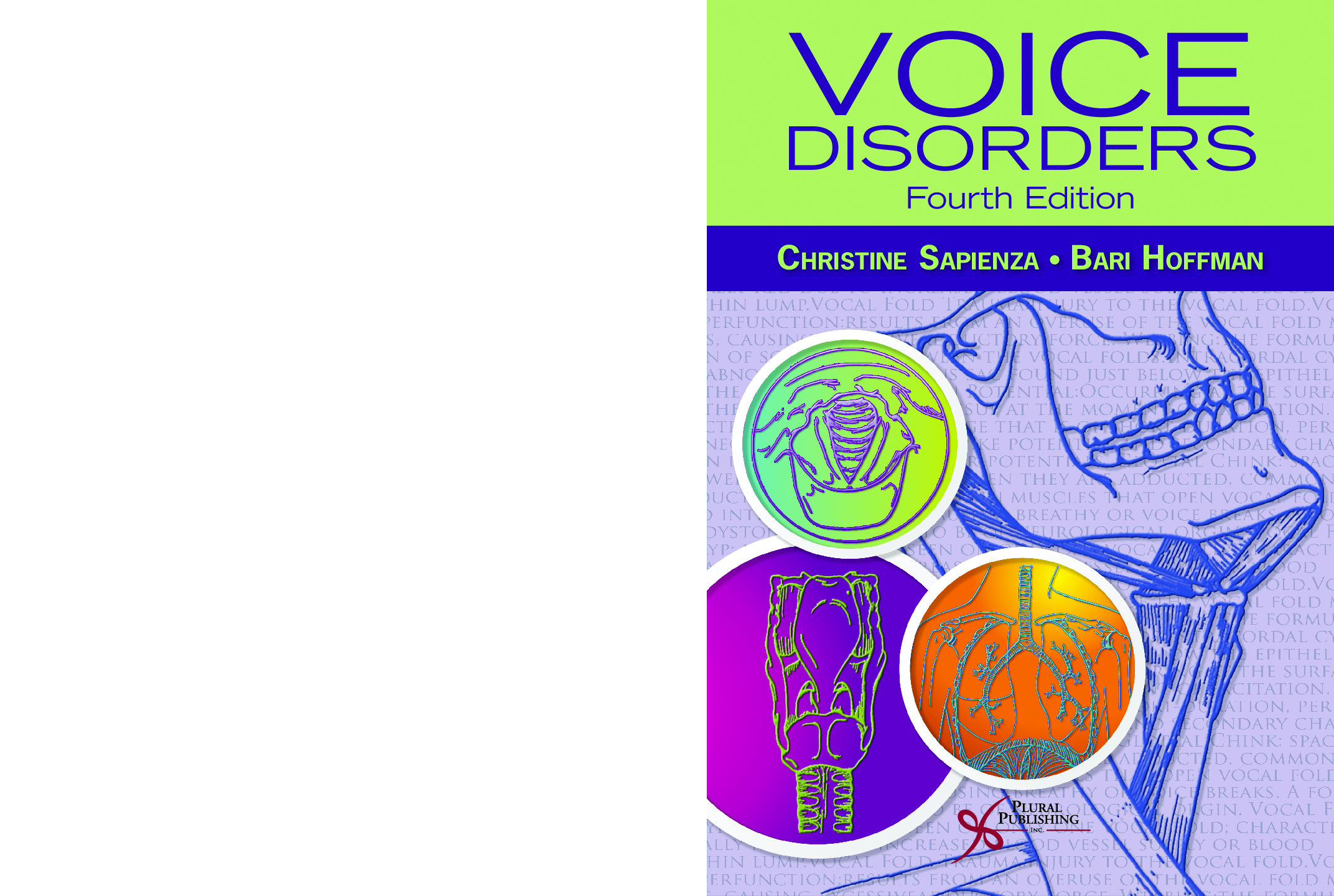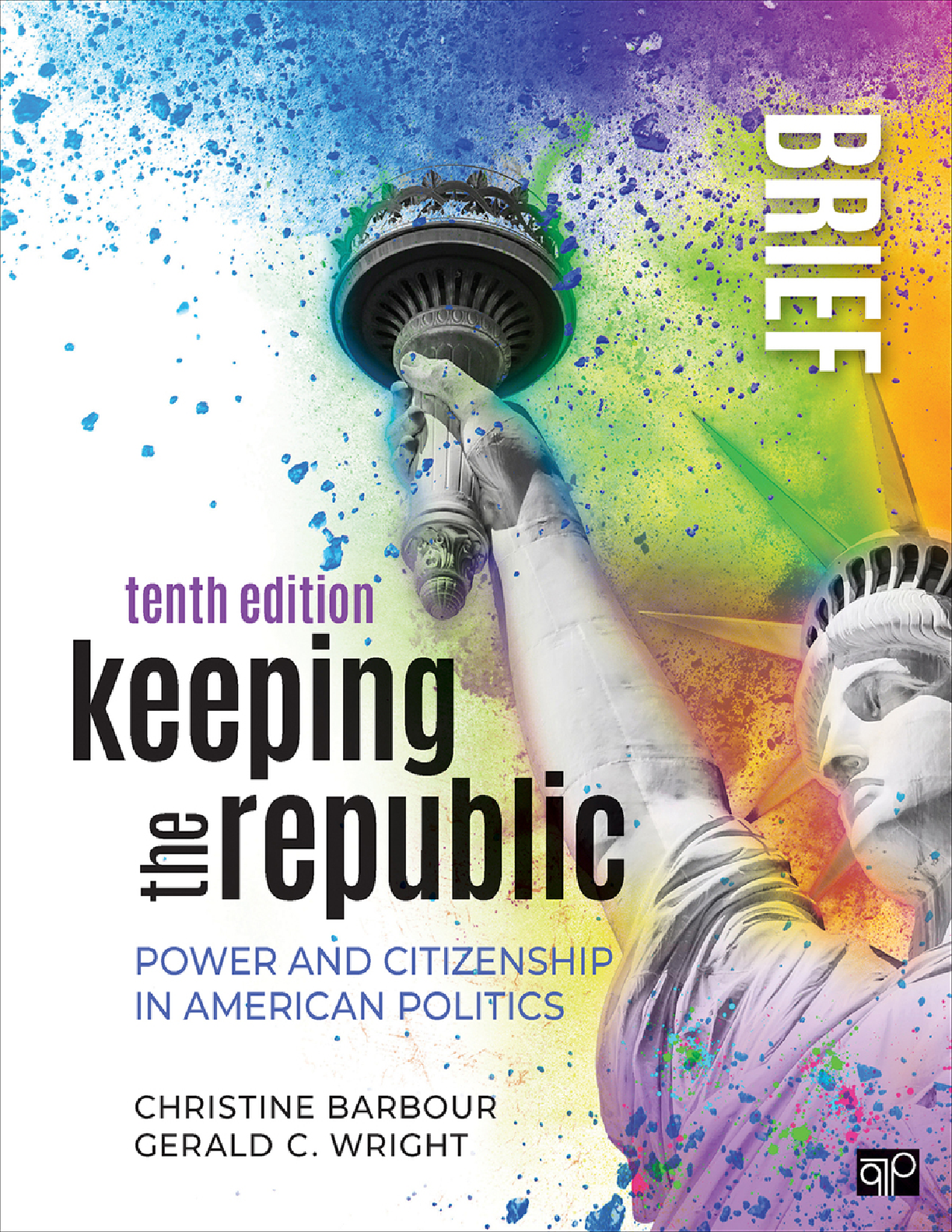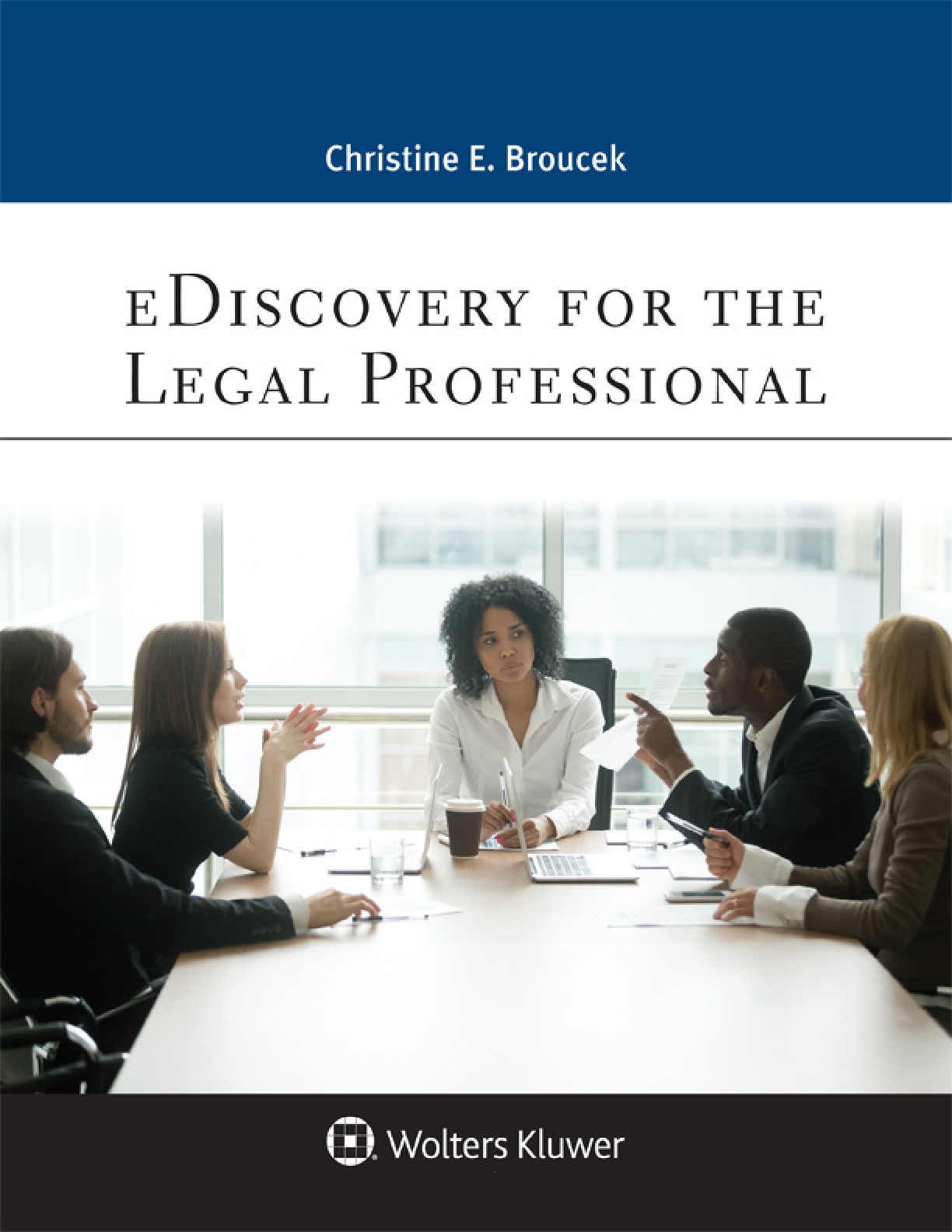Legal Environment in Business > eBook-PDF > [eBook] [PDF] Discovery for the Legal Professional, 1st Edition By Christine E. Broucek (All)
[eBook] [PDF] Discovery for the Legal Professional, 1st Edition By Christine E. Broucek
Document Content and Description Below
Cover Page Front Matter Title Page Copyright Page About Aspen Publishing SUMMARY OF CONTENTS CONTENTS Preface CHAPTER ONE: INTRODUCTION TO eDISCOVERY Chapter Outline Chapter Objectives A. I... ntroduction to Discovery Exercise 1-1 B. The History of eDiscovery C. The Discovery Phase of Litigation Exhibit 1.1 D. Electronically Stored Information Example E. Understanding the Impact of Electronically Stored Information on the Discovery Process Exhibit 1.2 Exercise 1-2 Exhibit 1.3 Chapter Summary Key Terms Review Questions Additional Resources CHAPTER TWO: IMPACT OF ESI ON DISCOVERY Chapter Outline Chapter Objectives A. ESI Components 1. Volume Exercise 2-1 2. Variety Example 3. Velocity Example Exercise 2-2 B. ESI Sources and Custodians 1. Identifying Key Custodians Exhibit 2.1 2. Obligation to Resolve Disputes Quickly 3. Relationship Between Key Custodians and ESI Sources C. Understanding Hidden Data and Data Patterns 1. ESI Categories Ranked According to Ease of Access 2. Types of Hidden Data Exercise 2-3 Exhibit 2.2 3. Data Mapping D. Relationship Between ESI and Privacy Issues Chapter Summary Key Terms Review Questions Additional Resources CHAPTER THREE: DATA MANAGEMENT AND eDISCOVERY Chapter Outline Chapter Objectives A. Information Governance B. Predictive Coding Exercise 3-1 Exhibit 3.1 Exhibit 3.2 1. Key Terms, Predictive Coding, and Early Case Management 2. Communication Strategies to Identify Key Terms 3. Proactive Planning and Cooperation Exhibit 3.3 Ethical Consideration C. Machine Learning Processes Example D. Artificial Intelligence 1. Impact of AI on eDiscovery 2. Role of Data Mapping in Litigation E. Data Analytics Technologies and Tools Example Exhibit 3.4 Chapter Summary Key Terms Review Questions Additional Resources CHAPTER FOUR: ELECTRONIC DISCOVERY CASE MANAGEMENT Chapter Outline Chapter Objectives A. Early Case Management Considerations 1. Case Management Plans Developed Before 2016 Are Outdated and May Harm Your Client and Your Practice 2. Electronic Communication Is Here to Stay 3. The Federal Rules of Civil Procedure Mandate Cost-Effective Resolution of Litigation Exercise 4-1 Exercise 4-2 Exercise 4-3 Exhibit 4.1 B. Discovery Scope, Timing, and Cost Factors 1. Scope 2. Timing 3. Cost Proportionality C. Legal Holds 1. What Is a Legal Hold or a Litigation Hold? 2. What Is the Importance of the Legal Hold Notice in the Context of eDiscovery? 3. What Information Should the Legal Hold Notice Include? 4. Legal Hold Notice Strategies Examples 5. How Do I Draft a Legal Hold Notice? 6. How Do I Protect My Client from Spoliation Sanctions Under Rule 37(e)? D. Data Preservation Strategies Chapter Summary Key Terms Review Questions CHAPTER FIVE: THE DISCOVERY CONFERENCE Chapter Outline Chapter Objectives A. Rule 26(b)(1) — Discovery Scope in General 1. Overview of the Discovery Scope Rule 2. Proportional Considerations Exercise 5-1 Example B. Rule 26(f) — Discovery Conference of the Parties and Planning for Discovery 1. Provisions of Rule 26(f)(3) 2. Key Points When Preparing for the Discovery Conference C. Interpreting Proportionality 1. What Constitutes an Undue Burden When Responding to a Request for ESI? Examples 2. Which Party Bears the Cost Burden of an Expanded ESI Request to Produce? D. Rule 34(b)(2)(D) — Responding to a Request for ESI Example Chapter Summary Key Terms Review Questions Additional Resources CHAPTER SIX: DATA PRESERVATION, COLLECTION, AND PROCESSING STRATEGIES Chapter Outline Chapter Objectives A. Data Preservation Exercise 6-1 1. Advantages of a Defined Discovery Management Process 2. Legal Hold 3. Manual Versus Automated Legal Hold Process Ethical Consideration B. Preparing for Collection 1. How Does Preservation Impact Collection Efforts? 2. Importance of Identifying Key Terms 3. Understand the Client’s Technology Resources 4. Collection Approaches 5. Technology Assisted Review (TAR) 6. Continuous Learning Applications C. Targeted Collections and Culling Protocols 1. Collection Phase: Important Considerations a. Search Platform b. Seed Set c. Understand Core Documents d. Hot Documents e. Metadata f. Transparency 2. Targeted Collections D. Processing Data for Review 1. Copy Decisions 2. Quality Control Exhibit 6.1 Exercise 6-2 Chapter Summary Key Terms Review Questions Additional Resources CHAPTER SEVEN: DATA RELEVANCY REVIEW AND PRODUCTION TECHNIQUES Chapter Outline Chapter Objectives A. Preparing for Responsiveness Review 1. Role of the Review Team Example 2. Review Strategy 3. Key Elements of an Effective Review Strategy a. Document Coding b. Timing c. Quality Control d. Privilege and Privacy Review 4. Hardcopy Document Review Example 5. Technology Assisted Review Example 6. First-Pass Summary Exhibit 7.1 B. Specialized Searches C. Privilege Review D. Transparency of Search Process and Validation Techniques 1. Transparency 2. Data Validation E. Production Strategies 1. Timing and Sequence of Production 2. Production Format Chapter Summary Key Terms Review Questions CHAPTER EIGHT: INADVERTENT DISCLOSURES AND PROTECTING CONFIDENTIALITY Chapter Outline Chapter Objectives A. Inadvertent Disclosures and Privacy Issues B. Asserting a Claim of Privilege in Discovery Exhibit 8.1 1. Attorney-Client Privilege a. Who Is Your Client? Examples b. What Constitutes an Attorney-Client Communication? c. How Does the Client Assert Attorney-Client Privilege? 2. Work-Product Privilege Example C. Rule 26(c) — Protective Orders D. Responding to Inadvertent Disclosures: Protective Orders or Agreements 1. Proactive Waiver Protection Strategy 2. Reactive Waiver Protection Strategy Exercise 8-1 Example E. Quality Control Strategies and Curing Inadvertent Disclosures 1. Remedies to an Inadvertent Disclosure 2. Best Practices Chapter Summary Key Terms Review Questions CHAPTER NINE: SPOILATION Chapter Outline Chapter Objectives A. Rule 37(e) — Failure to Preserve Electronically Stored Information Exhibit 9.1 1. Analyzing Spoliation Issues a. Reasonableness b. Replace or Restore c. Prejudice d. Prejudice and Bad Faith 2. Assisting Organizations with Preservation Efforts B. Spoliation Sanctions 1. Can the ESI Be Replaced or Restored Through Additional Discovery? Examples 2. Case Illustrations C. Proactive Preservation Strategies 1. Focus on Identification of Data Early in the Litigation 2. Evaluate the Quantity of Potentially Responsive Data 3. Develop a Case Narrative 4. Implement Appropriate Preservation Tools 5. Investigate Novel Data Types D. Data Retention Policies and Procedures Example Exercise 9-1 Chapter Summary Key Terms Review Questions CHAPTER TEN: ETHICAL CONSIDERATIONS Chapter Outline Chapter Objectives A. Competence Regarding Technology B. Client Communication and Informed Consent C. Confidentiality Example D. Supervision and Third-Party Vendors E. Rule 26(g) — Signing Disclosures and Discovery Requests, Responses, and Objections Chapter Summary Key Terms Review Questions CHAPTER ELEVEN: eDISCOVERY PROCESS DEFENSIBILITY Chapter Outline Chapter Objectives A. Discovery Disputes 1. Expediting Resolution 2. eDiscovery Case Management Process Control Exercise 11-1 3. Avoid Wasteful Motion Practice 4. Effective Trial Preparation 5. Seek Settlement B. Cooperation and Transparency 1. Cooperation Example Example 2. Transparency C. Documenting Quality Control, Audit, and Validation Steps 1. Quality Control 2. Audit Protocols D. Interpreting Reasonableness 1. Example of the Concept of Reasonableness: Solo v. United Parcel Service Co 2. Can One Party Force the Other to Use TAR? 3. What Constitutes Reasonable Collection Efforts? 4. Is the eDiscovery Process Reasonable Under the Circumstances? Chapter Summary Key Terms Review Questions CHAPTER TWELVE: PRIVACY ISSUES, EMERGING TECHNOLOGY, AND eDISCOVERY RESOURCES Chapter Outline Chapter Objectives A. Privacy Issues and Regulations 1. General Data Protection Regulation (GDPR) Overview 2. GDPR Terms of Art 3. GDPR Application to eDiscovery Workflow Processes 4. U.S. Privacy Rules and Regulations Applicable to eDiscovery Processes B. Bring Your Own Device (BYOD), Social Media, and Emerging Technology 1. Social Media 2. Bring Your Own Device (BYOD) and Commingled Data C. Artificial Intelligence and Continuous Active Learning D. eDiscovery Resources 1. Organizations 2. Publications 3. eDiscovery Software and Managed Service Providers 4. eDiscovery Conferences, Webinars, and Continuing Legal Education (CLE) Chapter Summary Key Terms Review Questions Appendix A: Selected Federal Rules of Civil Procedure Appendix B: Ethical Model Rules Appendix C: Selected Cases Glossary Index [Show More]
Last updated: 2 years ago
Preview 1 out of 300 pages

Buy this document to get the full access instantly
Instant Download Access after purchase
Buy NowInstant download
We Accept:

Reviews( 0 )
$25.00
Can't find what you want? Try our AI powered Search
Document information
Connected school, study & course
About the document
Uploaded On
Mar 08, 2022
Number of pages
300
Written in
Additional information
This document has been written for:
Uploaded
Mar 08, 2022
Downloads
0
Views
149






